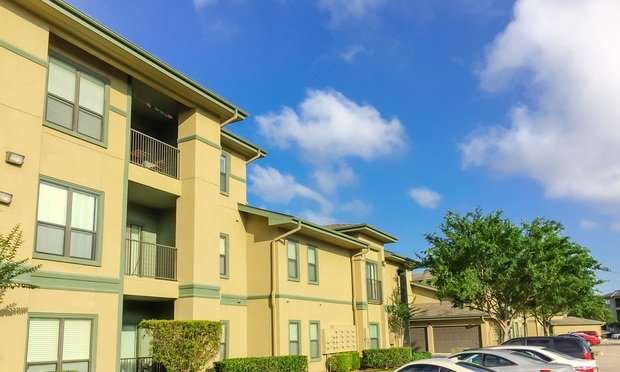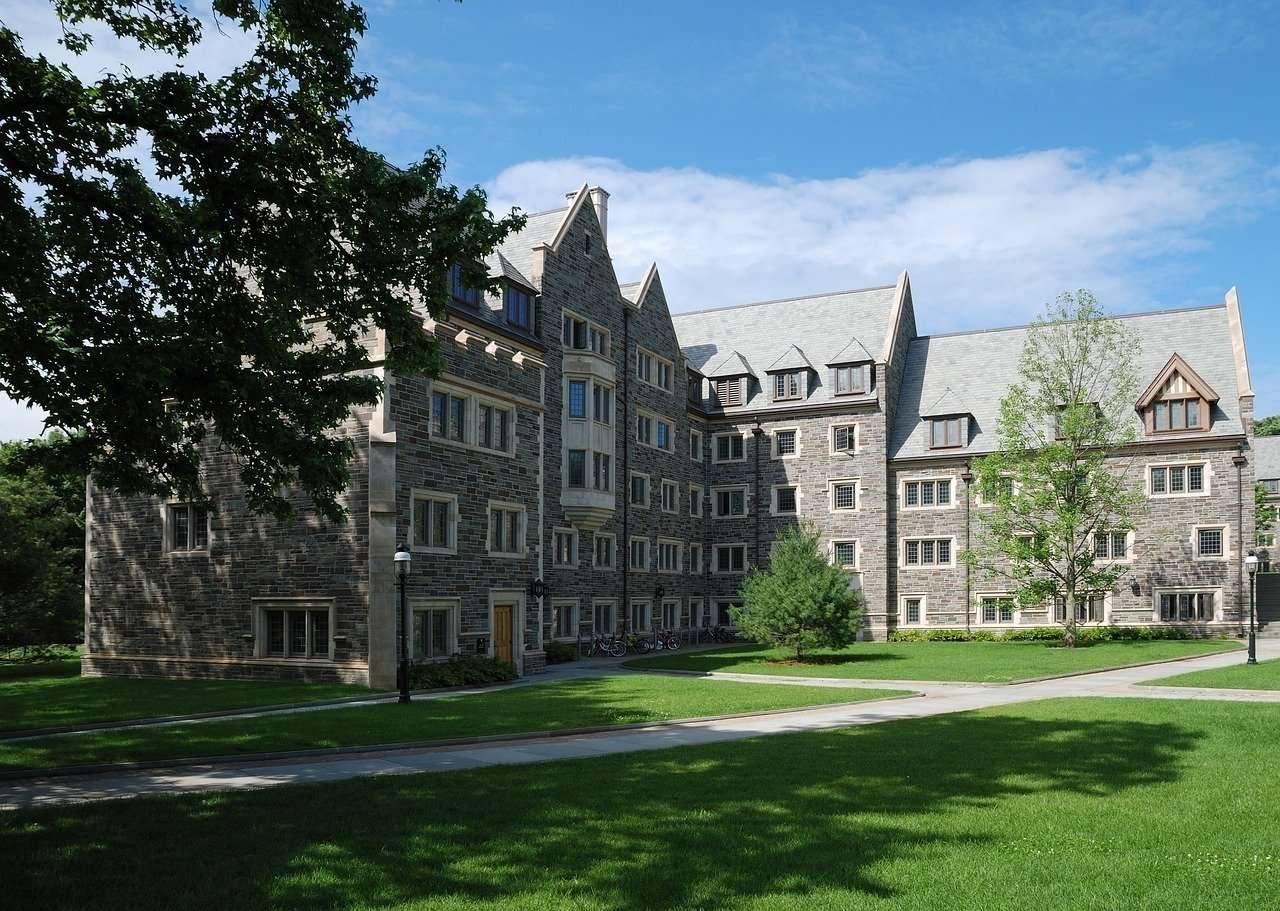
Five Key CRE Investment Themes for Uncertain Times
The CRE industry is navigating challenging waters with higher interest rates, limited financing options, and a slowing economy. Yet, promising developments ("green shoots") suggest potential growth opportunities.
Five CRE Investment Themes for Turbulent Times
Extend to the end: In the throes of the 2007-2012 Great Recession, CRE lenders adopted the "extend and pretend" strategy to mitigate further loan defaults. The present-day mantra is "extend to the end," pointing to the cessation of the Federal Reserve's interest rate hikes. It's predicted that after one more .25% hike, the Fed will hold steady, eventually decreasing rates by the first half of 2024, setting the stage for a CRE investment surge.
Anticipating a CRE boom in 2024: Once the Fed reduces interest rates in 2024, the CRE sector is set to flourish. Investors will find ripe opportunities to seize distressed assets like office spaces, retail hubs, and senior housing properties. The possibility to procure defaulted CRE property notes will emerge, supported by a still-thriving job market.
Seize distressed investment opportunities: It's crucial for CRE investment entities to amass capital for distressed funds now. Ready capital will position them to exploit defaults and discounted properties in the imminent years. Around $150 billion is already allocated for distressed assets, with high-crime Gateway city office properties presenting discounts of up to 50% from their pre-pandemic values.
Target suburban Midwest apartments: While the national apartment scene remains strong, suburban Midwest apartments stand out for their lucrative cap rates between 6.0% to 8.0%. Contrasting with the Coastal and Sunbelt areas, Midwest rentals witnessed a moderate rent increase of around 3.0% over the past half-decade, offering them at appealing risk-adjusted cap rates.
➥ THE TAKEAWAY
Prepare the war chest: Despite current challenges in the CRE industry, 2024 will present key investment opportunities, especially in distressed assets and specific regions. The anticipated Federal Reserve rate changes will drive these prospects, underscoring the importance of timely, strategic investments.
Source: Five Key CRE Investment Themes for Uncertain Times
https://www.creconsult.net/market-trends/five-key-cre-investment-themes-for-uncertain-times/









